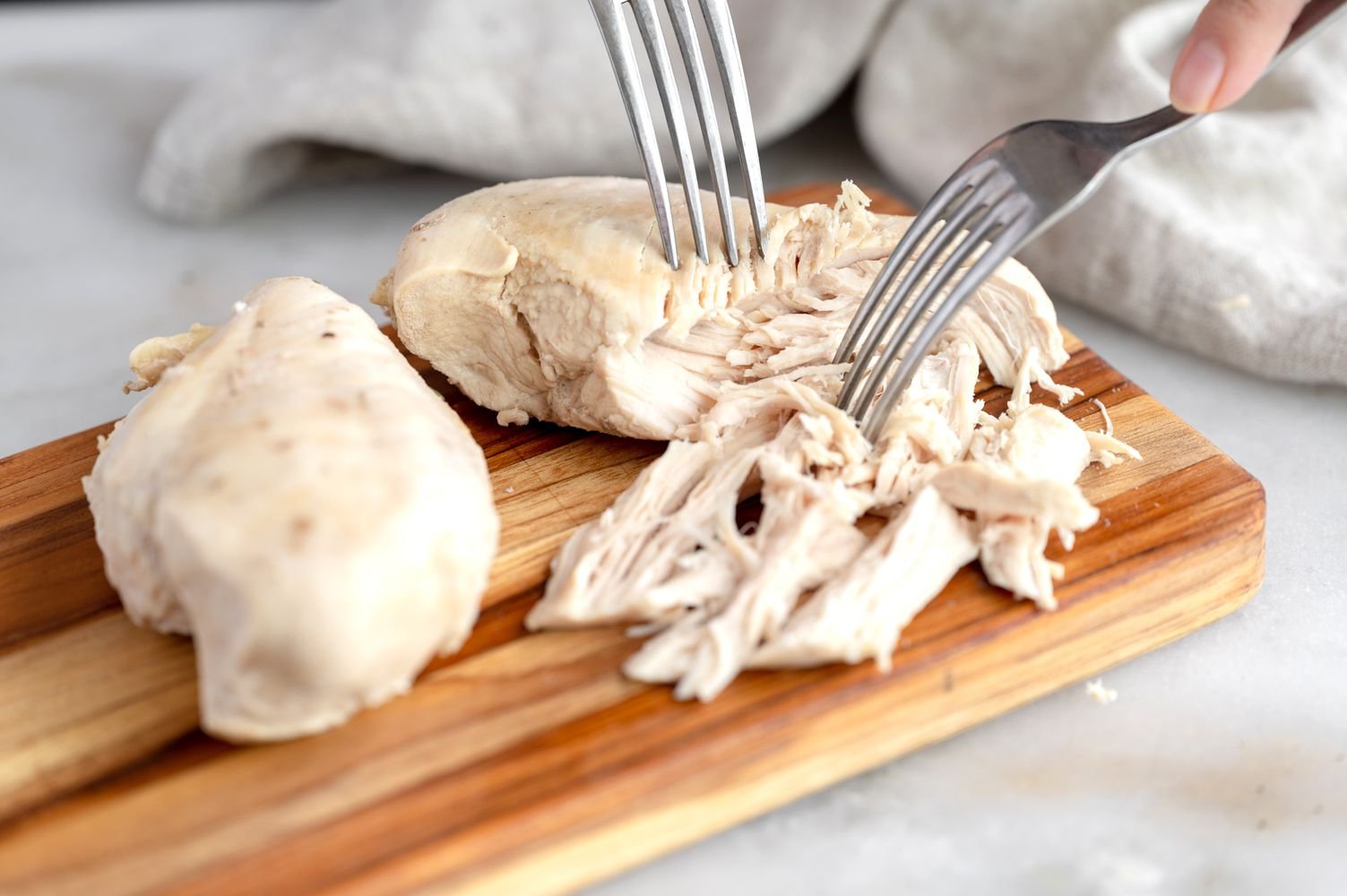How to
How to Boil Chicken: A Comprehensive Guide

Boiling chicken is a fundamental culinary technique that may seem simple at first glance but involves nuances that can significantly affect the outcome in terms of texture, flavor, and nutritional value. This method of cooking chicken is not only about immersing it in hot water but understanding the process to achieve perfectly cooked, tender, and flavorful meat. This comprehensive guide is designed to take you through every step of how to boil chicken, ensuring that you master this basic yet essential cooking skill.
Understanding the Basics of Boiling Chicken
Before diving into the boiling process, it’s crucial to understand why boiling chicken is a preferred method for many. Boiling is a moist-heat cooking method that involves cooking food by submerging it in a liquid at a temperature near its boiling point. This technique is especially suitable for chicken, as it helps in tenderizing the meat, making it easier to digest, and preserving its nutritional value. Moreover, boiled chicken is incredibly versatile, serving as a base for numerous dishes, including salads, soups, tacos, and more.
Choosing the Right Chicken
The first step in boiling chicken is selecting the right type of chicken. You have a choice between using a whole chicken, chicken breasts, thighs, legs, or a combination of parts. The decision largely depends on your preference and the intended use of the cooked chicken. While chicken breasts are leaner and cook faster, thighs and legs offer more flavor due to their higher fat content. Using a whole chicken, on the other hand, provides a richer broth that can be used in other recipes.
Preparation for Boiling
Once you’ve selected the chicken, the next step is preparation. Start by thoroughly rinsing the chicken under cold running water to remove any residual blood or impurities. If you’re using a whole chicken, you may want to remove any innards if they’re still present. For an enhanced flavor, consider brining the chicken in a solution of water and salt (and sometimes sugar) for a few hours before boiling. This step is optional but can help the chicken retain moisture and absorb additional flavors.
The Boiling Process
To boil chicken, you’ll need a pot large enough to comfortably fit the chicken and enough water to cover it by at least an inch. Add the chicken to the pot, and then fill it with cold water. Adding cold water helps in cooking the chicken evenly. For extra flavor, you can add seasonings to the water, such as salt, pepper, bay leaves, garlic, and onion. These ingredients infuse the chicken with flavors as it cooks.
Bring the water to a boil over high heat, and then immediately reduce the heat to a low simmer. This gradual approach ensures that the chicken cooks thoroughly without becoming tough. The cooking time varies depending on the part of the chicken and whether it’s bone-in or boneless. Generally, boneless chicken breasts take about 10-15 minutes, while bone-in pieces like thighs and legs may require 25-30 minutes. A whole chicken needs about 90 minutes to ensure it’s cooked through.
Testing for Doneness
Ensuring the chicken is fully cooked is critical for safety and quality. The most reliable method is using a meat thermometer. The chicken is safe to eat when the internal temperature reaches 165°F (74°C). If you don’t have a thermometer, another method is to pierce the chicken with a fork or knife. The chicken is done if the juices run clear and the meat is no longer pink at the bone.
Serving and Storage
Once boiled, the chicken can be served immediately or used as an ingredient in various dishes. It can be shredded, sliced, or chopped, depending on your needs. If you’re not using the chicken right away, let it cool to room temperature before refrigerating. Boiled chicken can be stored in an airtight container in the refrigerator for up to four days or frozen for up to four months, making it a convenient option for meal prep.
Maximizing Flavor and Nutrition
While boiling chicken is relatively straightforward, there are ways to enhance the flavor and nutritional value of the final product. Adding vegetables like carrots, celery, and onions to the pot not only enriches the flavor of the chicken but also creates a nutritious broth that can be used in other recipes. Additionally, keeping the skin on while boiling can help retain moisture and flavor, though it does increase the fat content.
Conclusion
Boiling chicken is a versatile and healthy cooking method that serves as the foundation for countless recipes. By following the steps outlined in this guide, you can ensure perfectly boiled chicken every time. Remember to select the right type of chicken for your needs, properly prepare it for boiling, and cook it at the right temperature for the appropriate amount of time. With a little practice, boiling chicken will become a go-to technique in your culinary repertoire, allowing you to create delicious, nutritious meals for you and your family.
FAQs on How to Boil Chicken
1. How long should I boil chicken?
- Boneless chicken breasts: Boil for about 10-15 minutes.
- Bone-in chicken pieces (thighs, legs, wings): Boil for about 25-30 minutes.
- Whole chicken: Boil for about 60-90 minutes, depending on size.
2. Can I boil frozen chicken?
Yes, you can boil frozen chicken. However, the cooking time will be approximately 1.5 times longer than if you were boiling fresh or thawed chicken. It’s important to ensure the chicken reaches an internal temperature of 165°F (74°C) for safe consumption.
3. How do I know when the chicken is fully cooked?
The most reliable method is to use a meat thermometer; the chicken is fully cooked when the internal temperature reaches 165°F (74°C). Alternatively, check if the juices run clear when you pierce the chicken with a fork or knife, and ensure the meat is no longer pink near the bone.


















